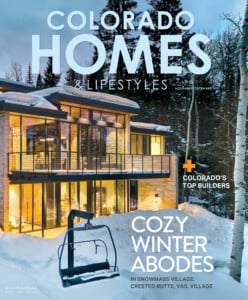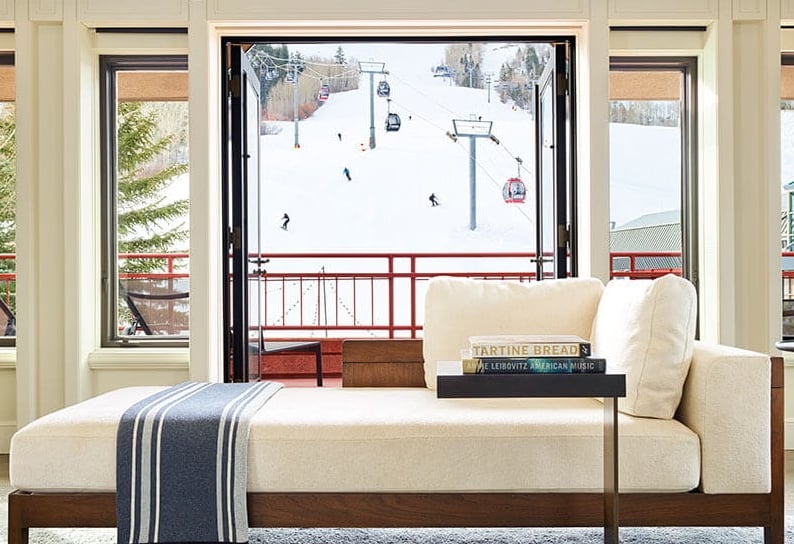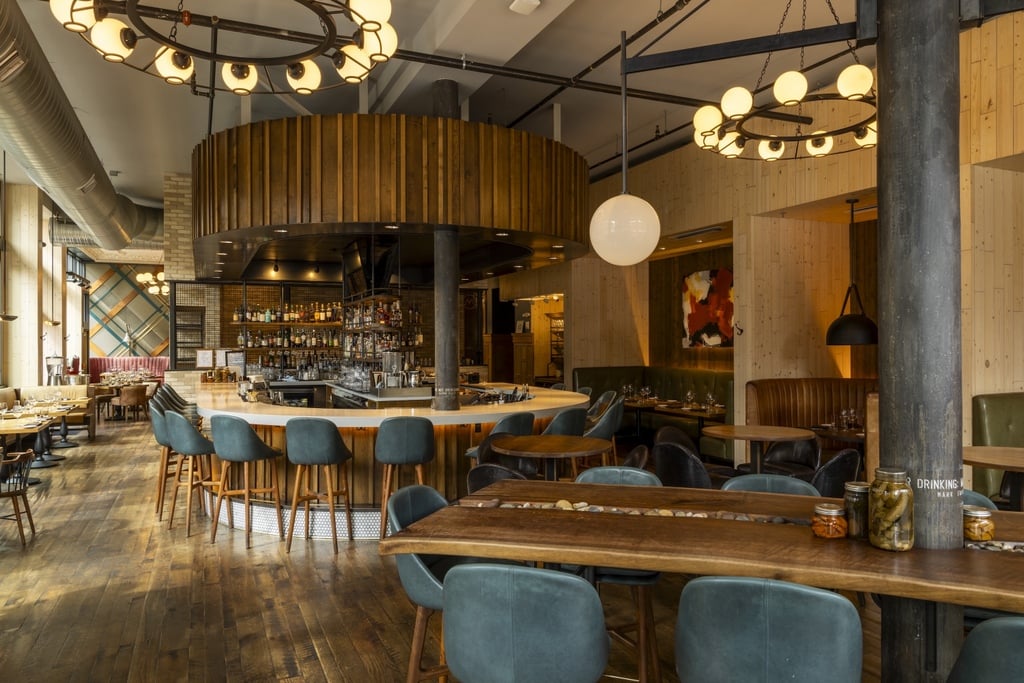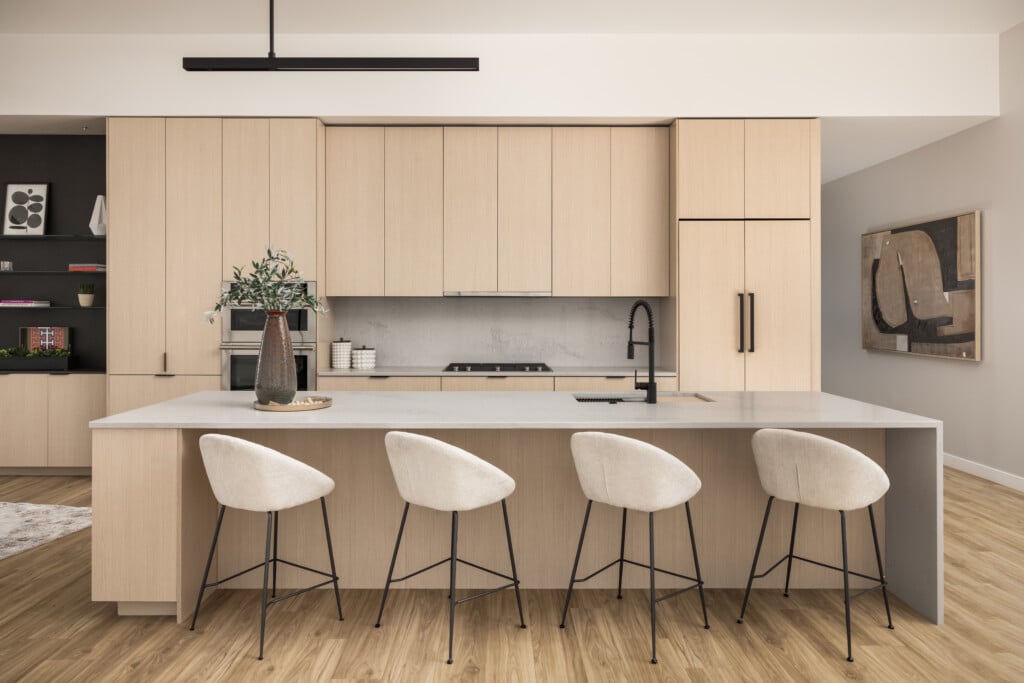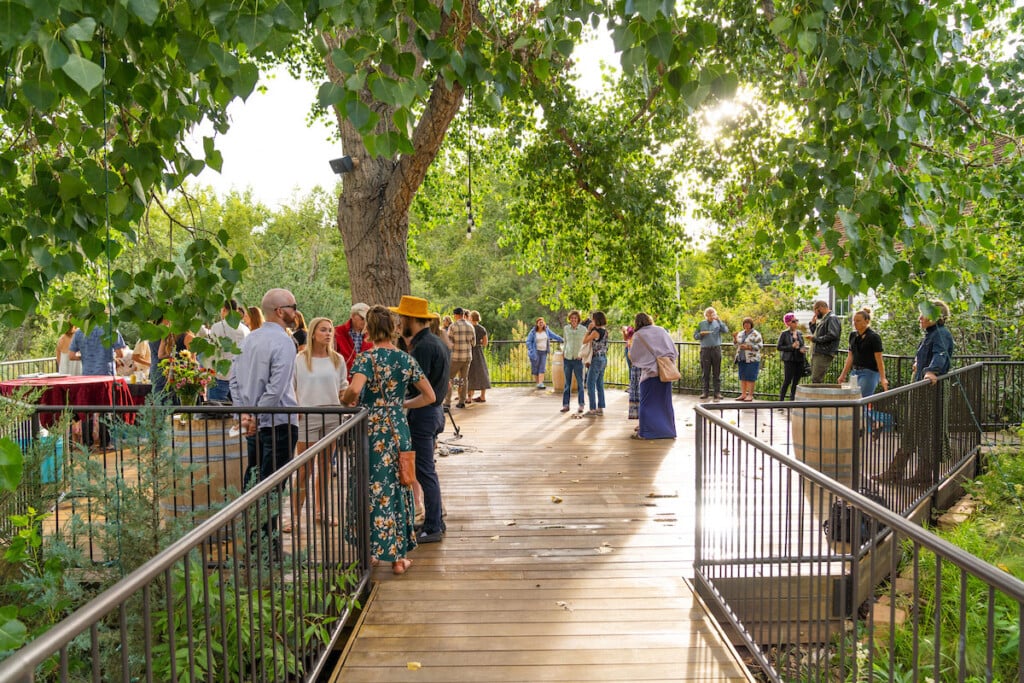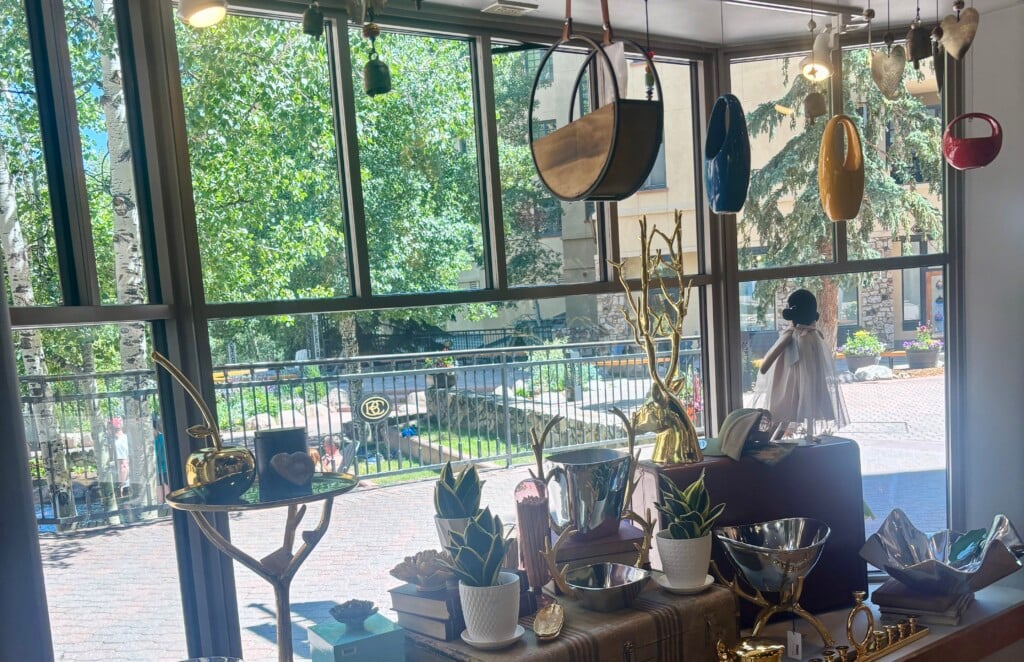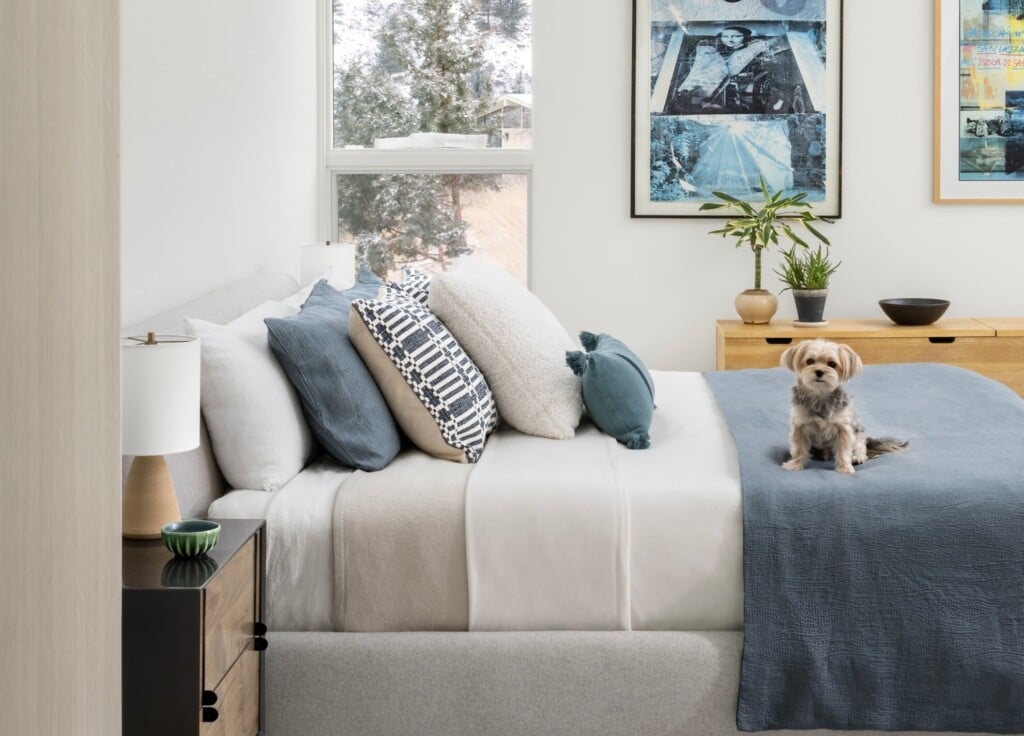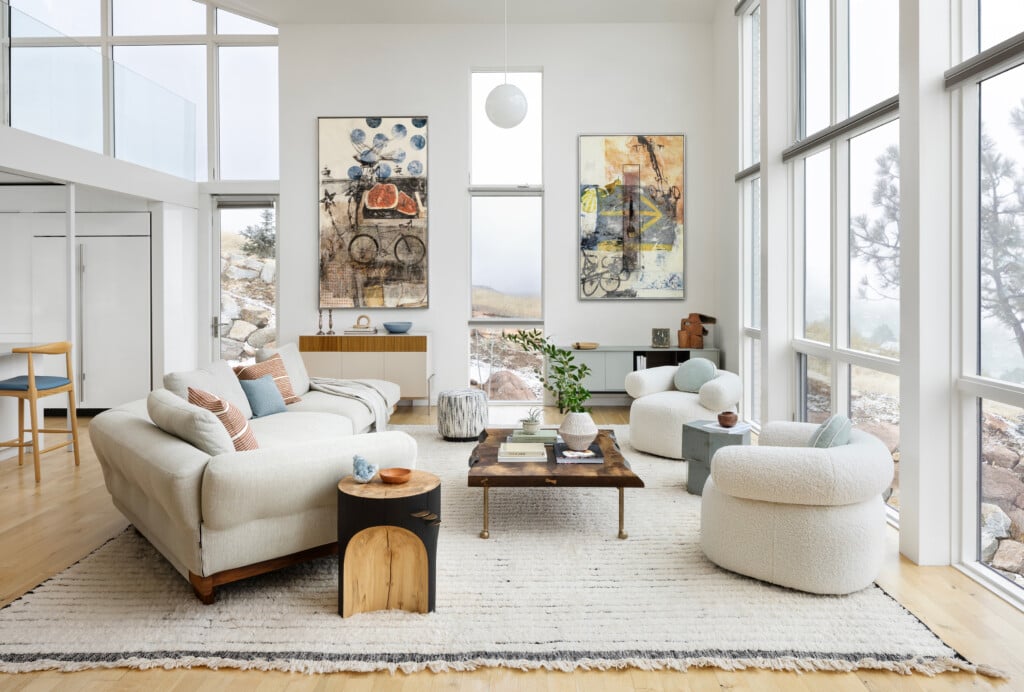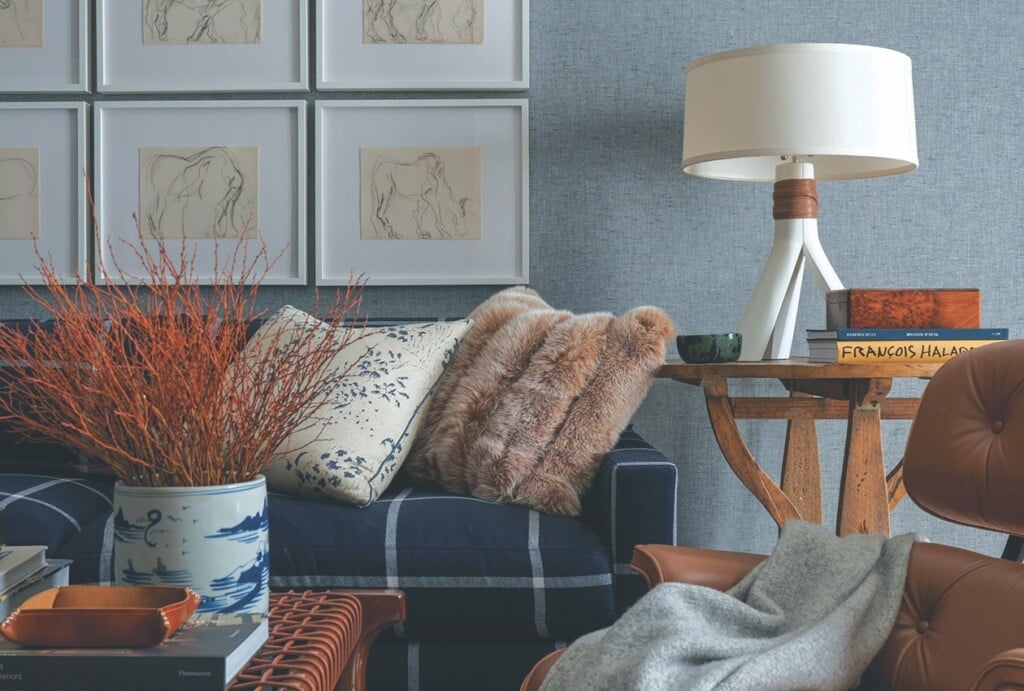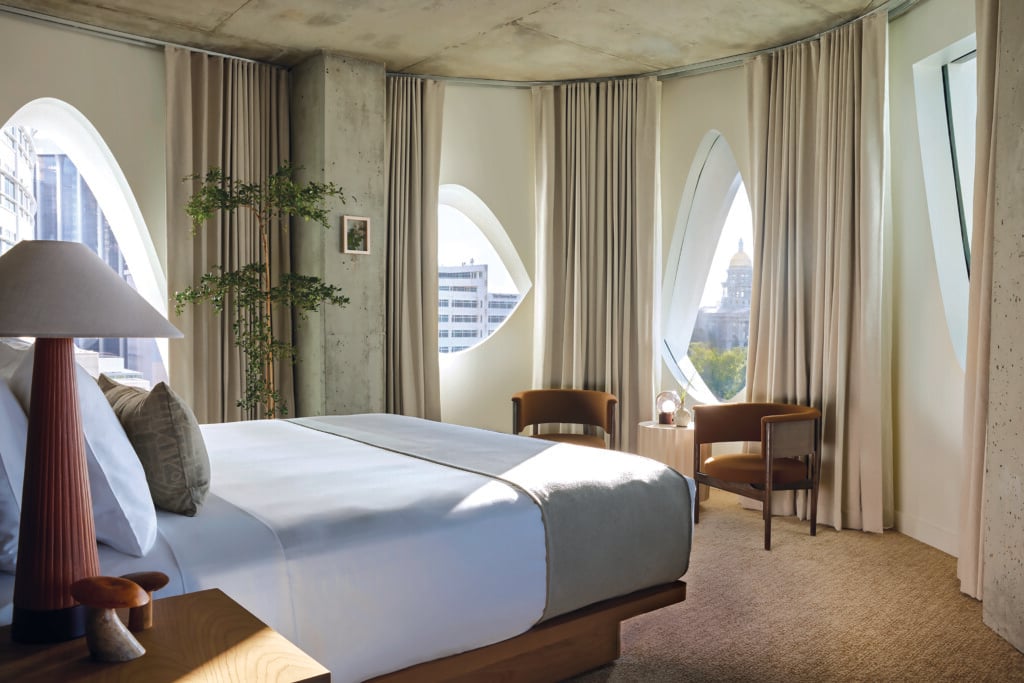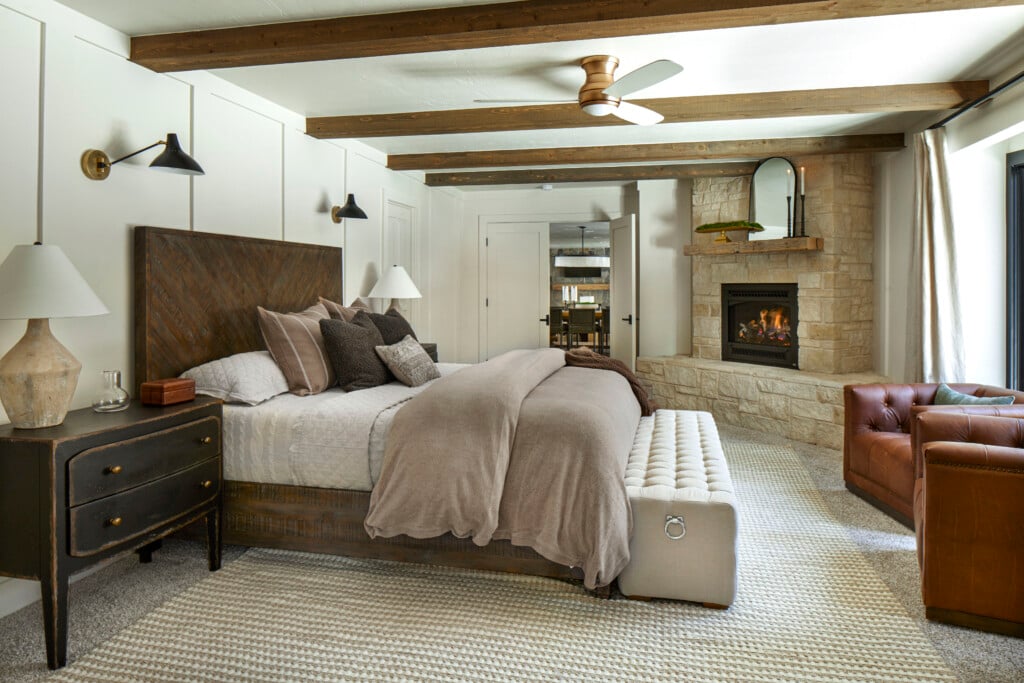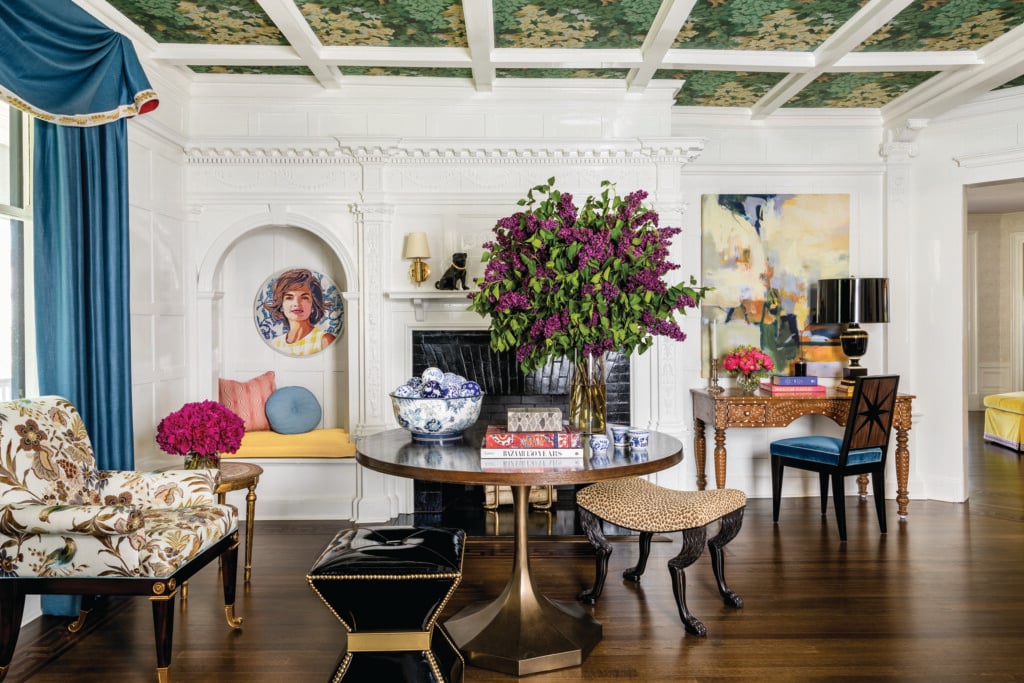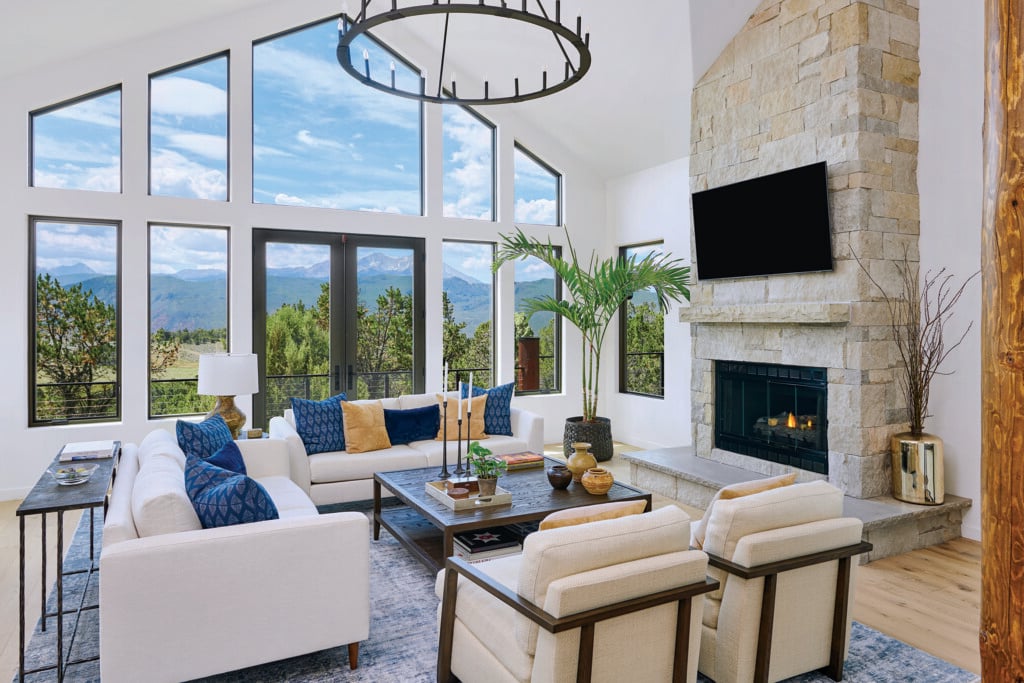Designing a Community With Connection in Mind
Five principles behind elevated living.
Creating spaces where people feel connected and thrive requires intentional design and thoughtful planning. Mindful design elements, rooted in a commitment to inspire, care and act with integrity can elevate a building from a mere residence into a vibrant community hub.
Design With Purpose: Let Values Guide Planning
Ultimately, the most successful communities grow from intentionality. Innovative architecture and design support human connection and community vitality. Thoughtful design, intentional programming, and a values-driven approach to development can transform the places we live into vibrant, lasting communities. By prioritizing connection, well-being, and shared experiences, we can create environments where people don’t just live, they thrive together.
When the purpose of fostering thriving communities guides every decision, the results are spaces where people flourish and feel a genuine sense of belonging. To succeed, collaboration with architects, planners, or residents, ensures spaces reflect the needs and aspirations of those who inhabit them.
Biophilic Design: Bringing Nature Inside
Incorporating nature into the built environment has profound effects on well-being and social connection. Natural light, greenery, and organic materials not only improve mental and physical health but also encourage people to linger, interact, and form bonds. Thoughtful integration of plants, natural textures and views of the outdoors helps residents feel grounded and connected, to both their environment and each other.
Wellness and Gathering Spaces: Creating Shared Experiences
Communal areas are more than amenities; they are catalysts for interaction. Spaces designed for gathering, whether a rooftop lounge, a co-working room, or an outdoor courtyard, allow residents to meet, collaborate, and build relationships organically. Wellness-focused spaces, such as fitness centers or meditation rooms, also create opportunities for community engagement while supporting health and balance. The key is designing spaces that are flexible and inviting, encouraging people to come together naturally.
Location Matters: Choosing Places That Connect
The surrounding neighborhood plays a critical role in fostering community. Selecting a location that is vibrant, walkable, and rich in cultural or recreational opportunities helps residents feel part of a larger ecosystem. Proximity to parks, local shops, restaurants, and public transit makes it easier for people to explore their surroundings together, strengthening connections within and beyond the building.
Host Events That Encourage Engagement
Planned gatherings, community dinners, workshops, or seasonal celebrations, can serve as powerful tools to spark relationships among residents. Even small events, when designed thoughtfully, encourage participation and create shared experiences that build trust and camaraderie over time. Consistent opportunities for interaction reinforce a sense of belonging and help form a resilient, engaged community.
Kevin Ratner is the Co-Founder of The Max Collaborative and the developer of One River North. Projects such as One River North in Denver’s River North Art District showcase how intentional design, location and programming can foster vibrant, thriving communities. Learn more at One River North.

